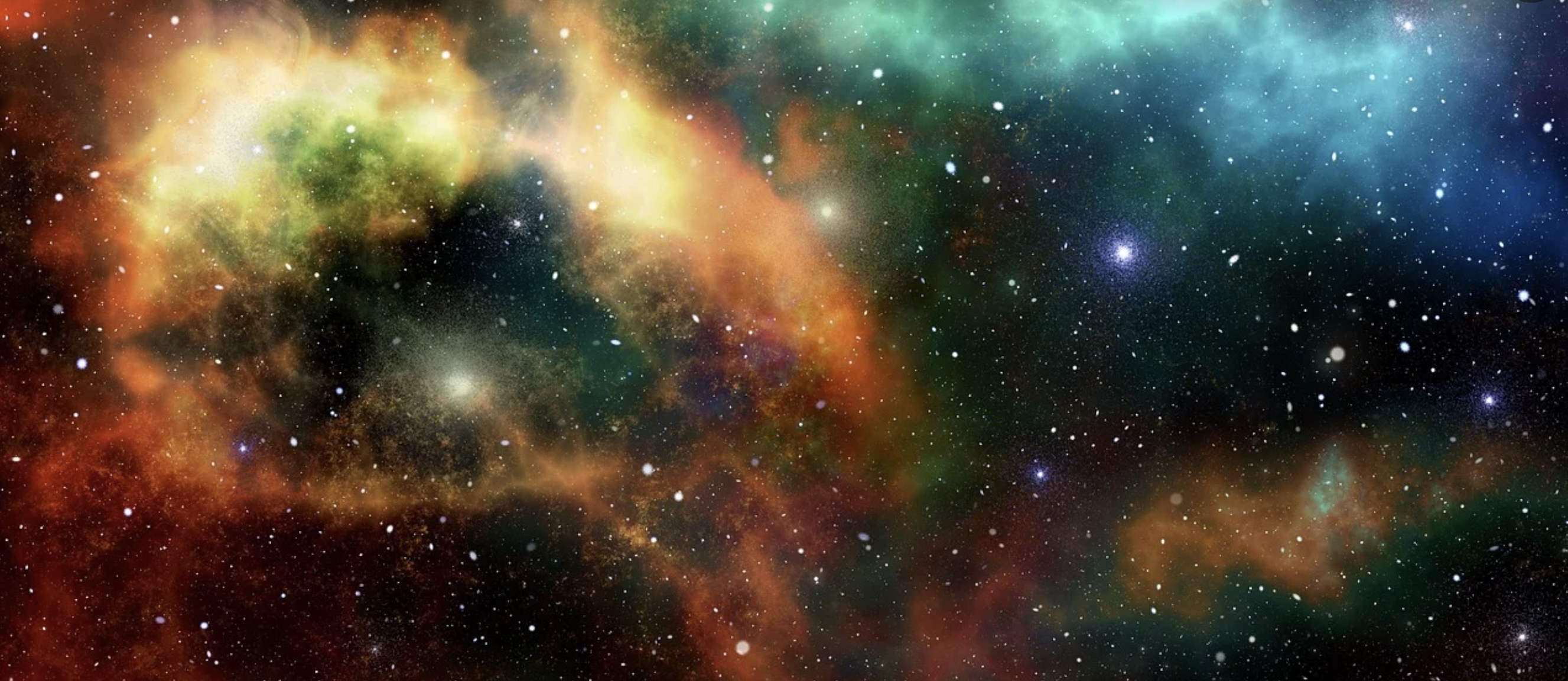
The Universe is full of galaxies - each comprising a giant accumulation of stars, gas and dust all anchored in a vast sea of dark matter. Galaxies come in a range of size: small dwarfs with diameters of a few thousands of light years; mature spiral galaxies such as our Milky Way spanning around 100,000 light years or more; and large elliptical galaxies stretching to about half a million light-years across. Similarly their mass can vary between a few millions of solar masses to 100 trillion. However, they mostly conform to a limited range of morphologies, except where they have been tugged into fantastic shapes by local gravitational influences. Galactic encounters are just one way that galaxies can change after their formation. A further component of galaxy formation and evolution is the role of a supermassive black hole at the very core of every large galaxy. Black hole activity was widespread early on in the Universe, where there was plenty of gas and dust to act as fuel; the new James Webb Space Telescope will gather data to illuminate this important phase of galaxy formation.
Carolin Crawford is one of Britain's foremost science communicators. After receiving her PhD from Newnham College, Cambridge, Professor Crawford went on to a series of fellowships from Balliol College, Oxford, Trinity Hall, Cambridge and the Royal Society. In 2004 she was appointed as a Fellow and College Lecturer at Emmanuel College, Cambridge, where she is now also the undergraduate Admissions Tutor for the Physical Sciences. Since 2005 she has combined her college role with that of Outreach Officer at the Institute of Astronomy at the University of Cambridge.
Tags